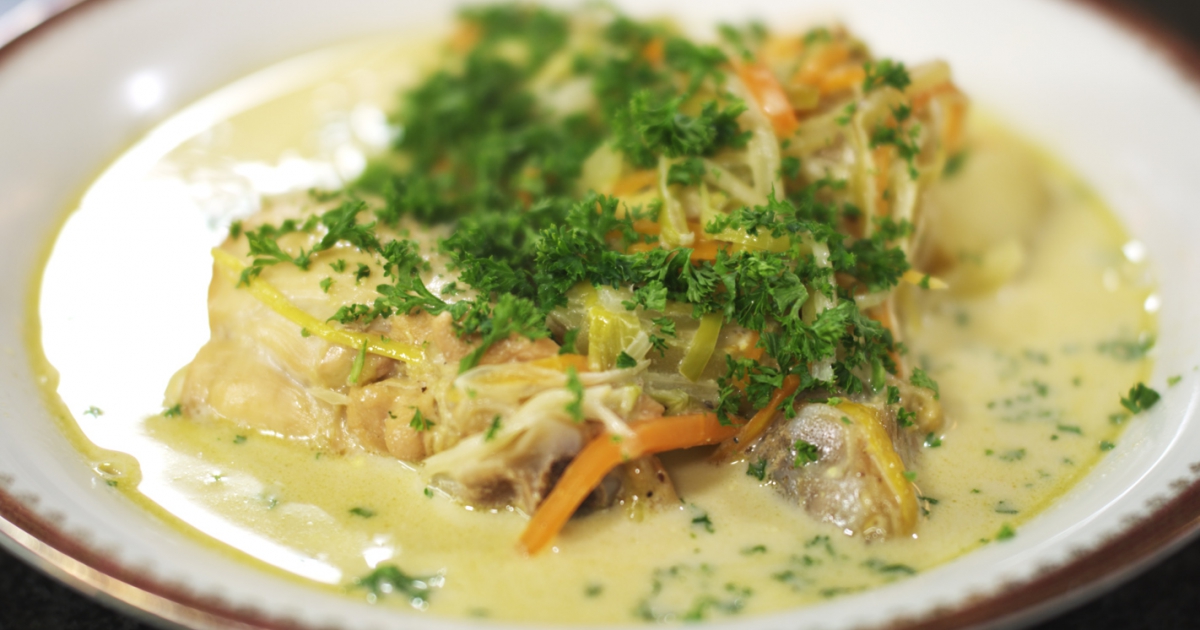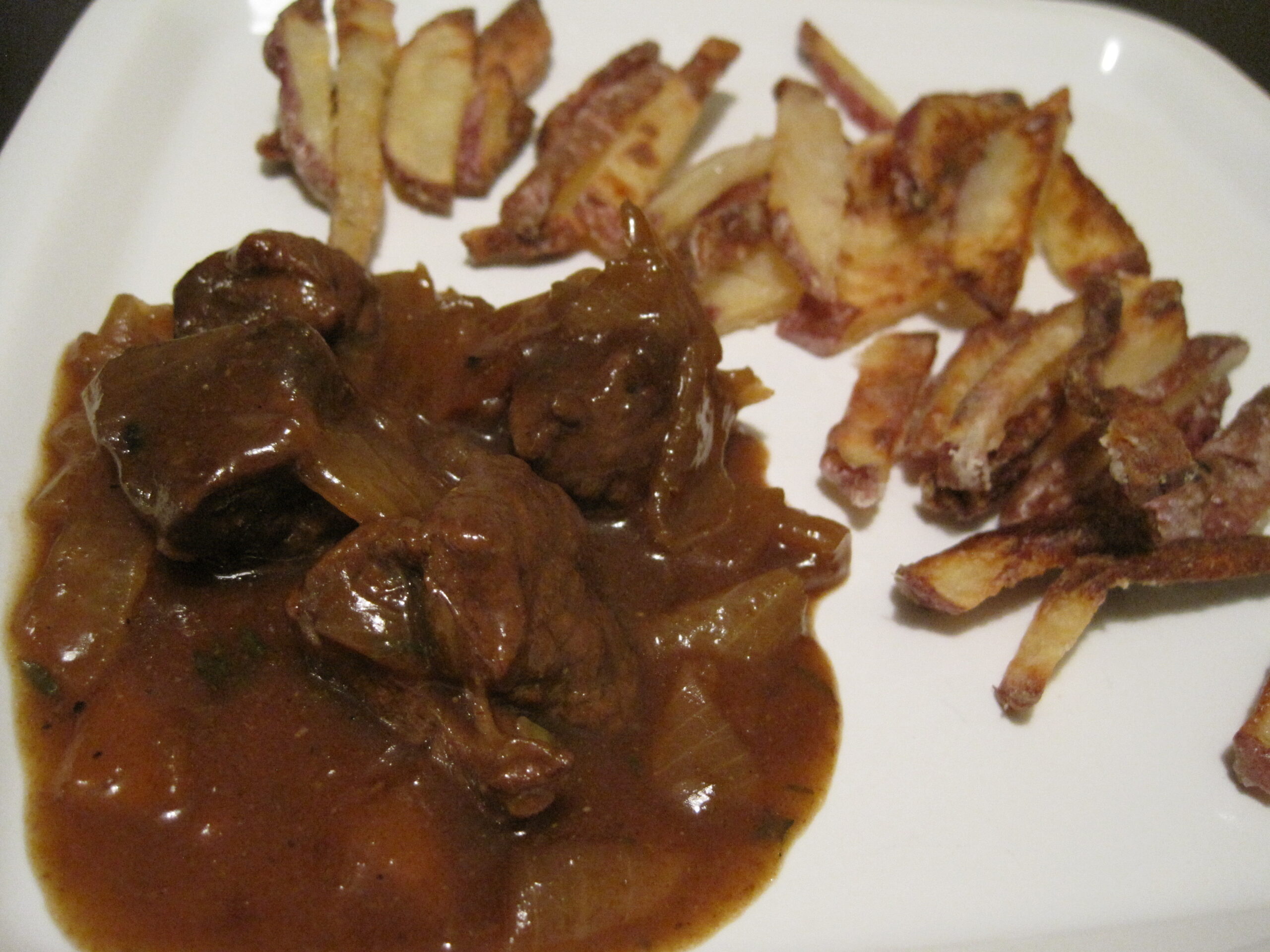The first recipe of lasagna with tomato sauce è was published in Naples in 1881, in “Principe dei cuochi, o La vera cucina napoletana” by Francesco Palma.
What we cannot forget are the previous indications present in the “Liber de coquina” (beginning of the XIV century), or in “La lucerna de corteggiani” written in 1634 by Giovanni Battista Crisci, in which è there is the recipe of “lasagne di monache stufate, mozzarella e cacio”, identical to the recipe called “Gattò di lasagnette alla Buonvicino” in the “Trattato di cucina teorico pratica” by Ippolito Cavalcanti, duke of Buonvicino, published in 1843 in Naples.
If anyone had doubts about the link between Naples and lasagna, it would be enough to remember the nickname of Francis II of Bourbon (the last king of the Two Sicilies, on the throne from May 1859 to February 1861), called “King Lasagna” for his gastronomic passion towards this dish.
So I like to think that after the unification of Italy, the Neapolitan lasagna arrived in Emilia through a journey along our peninsula, since the Romagna-born Pellegrino Artusi, in his famous Science in the Kitchen and the Art of Eating Well (1891), does not mention the Emilian lasagna.
The codification of the dish in the “nordista” version, however, can be traced back to some Bolognese restaurateurs, who at the beginning of the twentieth century cleared customs for the first time for lasagna in restaurants, proposing the lighter version with béchamel compared to the rich Neapolitan variant, with the gastronome Paolo Monelli, who in 1935, consecrated the recipe in his “Ghiottone Errante”.













